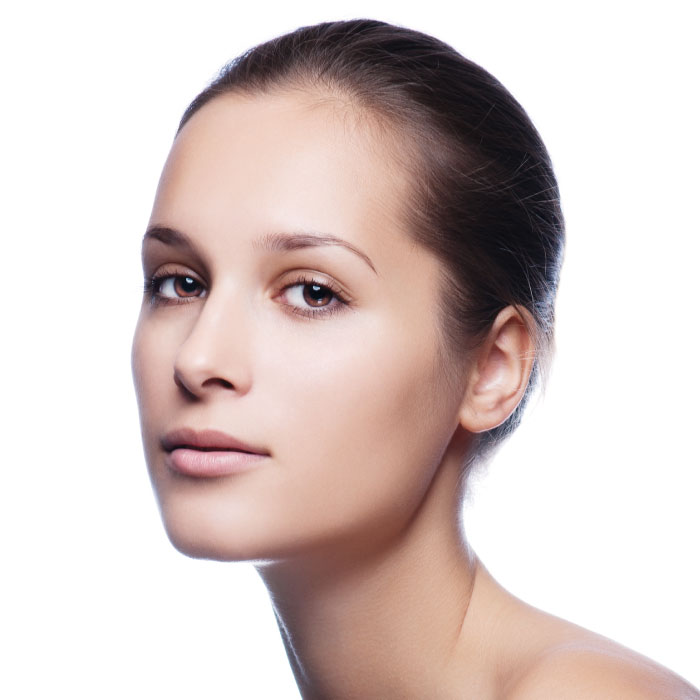
chemical peels
Mandelic Peel
Appropriate for sensitive skin, reduces appearance in skin redness and pore size, improves skin tone and texture, improves skin smoothness, minimizes mild chrono- or photo-aging and mild hyperpigmented skin.
Lactic, Glycolic + Salicylic Chemical Peel
Exfoliating acids, appropriate for both dry and oily skin types, reduce fine lines and wrinkles, smooth rough texture, lighten dark spots, reduce active acne and treat folliculitis.
{pricing determined during consultation}Jessners Peel
This medium depth peel is used for more extensive damage to the skin than glycolic or salicylic peels can improve. It is made up of a combination of salicylic acid, lactic acid and resorcinol, and is an excellent treatment for hyperpigmentation and sundamaged skin. The client should expect redness and flaking in the 3-5 days following application of the peel.
{pricing determined during consultation}Vitalize Peel
Vitalize Peel is a popular chemical peel that delivers results you can see with minimal downtime; it is best for skin types with mild to moderate skin imperfections as determined by your physician.
APPROPRIATE FOR: mild to moderate skin imperfections as determined by your physician
PURPOSE: smooth the appearance of fine lines, wrinkles and roughness
RESULTS: noticeable results after just one peel, compelling results after three to six peels
{pricing determined during consultation}
What is a Chemical Peel?
Chemical peels use a chemical solution to enhance skin texture and tone by removing damaged outer layers. While commonly applied to the face, it can also improve the skin on the neck and hands. Factors such as sun exposure, aging, and acne can lead to uneven tone, wrinkles, spots, or scars, all of which a chemical peel can help address. The results depend on the type of chemical used and the technique applied, making it a versatile option for skin rejuvenation. Atalla, MD offers a wide range of chemical peels for personalized results, including:
Mandelic Peel
Appropriate for sensitive skin, reduces appearance in skin redness and pore size, improves skin tone and texture, improves skin smoothness, minimizes mild chrono- or photo-aging and mild hyperpigmented skin.
Lactic, Glycolic + Salicylic Chemical Peel
Exfoliating acids, appropriate for both dry and oily skin types, reduce fine lines and wrinkles, smooth rough texture, lighten dark spots, reduce active acne and treat folliculitis.
Jessners Peel
This medium depth peel is used for more extensive damage to the skin than glycolic or salicylic peels can improve. It is made up of a combination of salicylic acid, lactic acid and resorcinol, and is an excellent treatment for hyperpigmentation and sundamaged skin. The client should expect redness and flaking in the 3-5 days following application of the peel.
Vitalize Peel
Vitalize Peel is a popular chemical peel that delivers results you can see with minimal downtime; it is best for skin types with mild to moderate skin imperfections as determined by your physician.
APPROPRIATE FOR: mild to moderate skin imperfections as determined by your physician
PURPOSE: smooth the appearance of fine lines, wrinkles and roughness
RESULTS: noticeable results after just one peel, compelling results after three to six peels
Who is a Good Candidate for a Chemical Peel?
A good candidate should be in overall good health and want to improve mild to moderate skin concerns such as fine lines, acne, uneven pigmentation, or rough texture. Most candidates have fair to medium skin tones, as deeper complexions may be more prone to pigmentation changes. Those without a history of abnormal scarring, skin conditions, or sensitivities to chemical treatments are typically best suited for the procedure. A consultation can help determine if a chemical peel is the right option based on individual skin types and concerns.
You may not be a good candidate for a chemical peel if you have a history of abnormal skin scarring, a naturally dark complexion, or a tendency for excessive pigmentation in scars. Additionally, recent use of specific acne treatments and skin conditions or medications that increase skin sensitivity may make chemical peeling unsuitable.
What a Chemical Peel Can Improve
A chemical peel is an effective treatment for enhancing skin tone and texture by addressing various concerns, including:
- Acne and mild acne scars
- Fine lines and wrinkles
- Uneven skin tone and sun damage
- Rough texture and scaly patches
What a Chemical Peel Can't Do
- Treat deep facial lines or wrinkles
- Significantly tighten loose or sagging skin
- Remove deep scars
What Should I Expect During a Consultation for a Chemical Peel?
During your chemical peel consultation, be prepared to discuss your skincare goals, medical history, and lifestyle habits. We will ask about any medical conditions, drug allergies, previous treatments, smoking history, and your use of medications, vitamins, supplements, alcohol, and tobacco. Our team will also evaluate your overall health and assess any risk factors affecting the procedure. Additionally, be ready to discuss expected outcomes, potential risks, and any possible complications to ensure you clearly understand the treatment.
How Should I Prepare For a Chemical Peel?
Before undergoing a chemical peel, it’s essential to understand that all treatments carry some risks. However, they are generally safe when performed by a qualified, board-certified provider and patients are adequately prepared. Avoid excessive sun exposure, tanning, and certain skincare products, such as retinoids or exfoliants, for a period before treatment.
If you have a history of cold sores, we may prescribe antiviral medication to prevent a flare-up. It’s also important to disclose any history of keloids, unusual scarring, or pigmentation concerns, as well as any medications you’re taking, including hormone therapy. To prepare for a chemical peel, follow your provider’s instructions to ensure the best results and minimize risks.
What are the Steps of a Chemical Peel Procedure?
Chemical solutions are carefully applied to your skin to improve the texture by removing damaged outer layers. The formula used by your doctor will be adjusted to meet your particular needs. There are three levels of depth to chemical peels:
- Light chemical peel - Subtle improvements at first, but that healthy glow will increase with more treatments
- Medium chemical peel - Your skin will be noticeably smoother and fresher-looking
- Deep chemical peel - Results are dramatic, but recovery takes the longest
What is a Light Chemical Peel?
A light chemical peel removes the outermost layer of skin, making it an excellent option for those with uneven pigmentation, dryness, acne, or fine wrinkles. This peel can enhance skin texture and provide a refreshed, healthy glow. Commonly used ingredients include alpha-hydroxy and beta-hydroxy acids such as glycolic, lactic, salicylic, and maleic acids, milder than those used in deeper peels.
The procedure begins with cleansing the skin and applying the chemical solution, which remains on the skin for a few minutes. During this time, you may experience mild stinging. The peel is then washed off and neutralized. For optimal results, light chemical peels can be repeated at regular intervals.
What is a Medium Chemical Peel?
A medium chemical peel is an effective treatment for acne scars, deeper wrinkles, and uneven skin tone, as it removes skin cells from the outer layer (epidermis) and the upper portion of the middle layer (dermis). Commonly used agents for this peel include trichloroacetic acid (TCA), Jessner’s solution, and glycolic acid.
The procedure begins with cleansing the skin and applying the chemical solution, which remains on the skin for a few minutes. During this time, you may experience a burning or stinging sensation, and the treated area may temporarily turn a whitish-gray color.
What is a Deep Chemical Peel?
A deep chemical peel suits individuals with deeper facial wrinkles, sun-damaged skin, scars, blotchy areas, or even pre-cancerous growths. The strongest chemical, phenol, penetrates the skin's lower dermal layer, often requiring a local anesthetic and sedative to manage discomfort. Typically, deep chemical peels involve pretreatment for up to eight weeks, which may include using retinoic acid cream or gel to thin the skin’s surface layer and allow the chemical solution to penetrate more evenly and deeply.
The procedure begins with a sedative and local anesthetic to numb the face, followed by a multi-step cleansing process. Phenol is then applied to the skin and neutralized with water. A thick ointment is used to prevent dryness and discomfort. However, phenol poses risks for individuals with heart disease, so it is important to inform your surgeon of any heart conditions during your consultation.
What Should I Expect During My Chemical Peel Recovery?
Chemical peel recovery can vary depending on the type of peel you receive:
- After a light chemical peel, you may experience some redness, stinging, skin flaking, and irritation. These side effects are generally mild and tend to subside with repeated treatments as your skin becomes more accustomed to the process.
- After a medium chemical peel, your skin may turn red or brown in the days following the procedure, and peeling typically begins within 48 hours, lasting for about a week. It’s essential to keep the skin well-moisturized during the peeling process. While redness is common after the procedure, it may persist longer for some individuals, lasting several months.
- Recovery from a deep chemical peel typically takes several weeks, with most patients being able to return to work and resume some normal activities about two weeks after treatment. During recovery, you may experience peeling, crusting, skin redness, and discomfort lasting several days to weeks. Despite the intense recovery process, a single deep chemical peel can provide dramatic results that may last up to 10 years.
How do I Choose a Plastic Surgeon for a Chemical Peel?
When choosing a plastic surgeon, patients must prioritize finding a board-certified surgeon they can trust, ideally an American Society of Plastic Surgeons (ASPS) member. ASPS members are held to rigorous standards, ensuring they are highly qualified. They must be certified by the American Board of Plastic Surgery® (ABPS) or, if in Canada, by the Royal College of Physicians and Surgeons of Canada®.
Additionally, these surgeons complete at least six years of surgical training, including a minimum of three years in plastic surgery residency. They also pass comprehensive oral and written exams, graduate from accredited medical schools, and complete yearly continuing medical education, including patient safety training.
It’s important to be cautious of certifications from other organizations that don’t hold the same credibility. By selecting a member of the ASPS, you can be confident you are in the hands of a skilled and well-trained professional for your chemical peel.
What Questions Should I Ask My Plastic Surgeon About a Chemical Peel?
It's very important to understand all aspects of your chemical peel. It's natural to feel some anxiety, whether it's excitement for your anticipated new look or a bit of stress. Don't be afraid to discuss these feelings with your plastic surgeon. Use this checklist as a guide during your chemical peel consultation:
- Are you certified by the American Board of Plastic Surgery?
- Were you specifically trained in the field of plastic surgery?
- If a surgical facility is used for the treatment, is it accredited by a nationally- or state-recognized accrediting agency, or is it state-licensed or Medicare-certified?
- What will be expected of me to get the best results?
- Who will perform the chemical peel?
- Have they been specifically trained in this procedure?
- Where and how will you perform my procedure or treatment?
- What are the risks and possible complications associated with my procedure?
- How can I expect to look over time?
How often should I get a chemical peel?
Are chemical peels safe for all skin types?
What skin concerns can chemical peels address?
Is there downtime after a chemical peel?
How long do the results of a chemical peel last?
non-surgical facial procedures:
Dr. Victor Atalla is a licensed and Board Certified Plastic Surgeon specializing in cosmetic, breast and reconstructive surgery. Dr. Atalla sees all of his patients personally prior to surgery. He is available to see patients for follow-up consults to answer questions and discuss surgical details.




